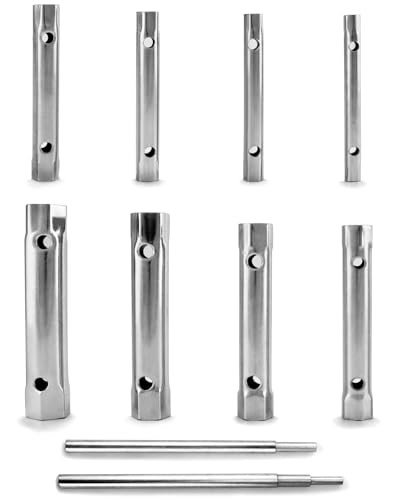WOW!

What a tremendous achievement, congrats! This is a great demonstration that Volt and Spark hardware play nicely together (talking about the CANBUS and GMLAN communication, connector shapes that mate and correct circuit pinouts). Did you verify this with a volt service manual compared against the spark EV's or did you just send it?
Good on you for adapting a more pragmatic hands-on approach and not letting even poor documentation stop you. I've used Alldatadiy's online service manuals and felt the same way about GM's removal and replacement procedure illustrations for the Spark and Bolt EV. It's enough to give you a general sense but leaves a lot to be desired.
Yeah, lots of warnings on all the high-voltage modules. Truthfully, there's quite a low chance of electric shock thanks to the safe design. You'd need to go out of your way to successfully reach the 300V. You'd perhaps need to be hot-swapping it (while plugged-in and charging off an EVSE) while the 12V battery is still connected and in your way, have the high voltage interlock untripped by leaving the service connector under the rear seats and the faux plastic engine cover fastened and in place. Then, of course, you'd need to stick a paperclip into the connector receptacles or plugs that have recessed contacts. Anyone who manages to electrocute themselves would deserve a resounding Darwin award.
To be fair though, if a module needed replacing, it could have compromised high voltage isolation, and GM is more than a few billions in debt. They don't need any additional lawsuits from failing to advise in a service manual, so it's always good to err on the safe side, and maybe assume backyard mechanics exist, are in a hurry, and might do things a little differently

.
The high-voltage connectors at least have the instructions imprinted into their housings, but you're right, a lot isn't included. I believe chevy/gm techs get some level of training separate from the service manual (perhaps a right to repair issue/oversight?). It should be more exhaustive and closed-ended, but that just isn't the case, which is where the pragmatism comes in handy. There are also tools that don't get mentioned in the procedures that you have to fish out of the connector end-views, and in most cases, they are prohibitively expensive to own just for one car, which is followed by a trip to the hardware store or CAD to make a next-best solution.
Right on! That's good to know that you didn't need a barb x barb adaptor to extend your hoses or anything. Don't know where you got the idea to go with a volt charger, but you did the community a BIG favor by sharing your findings. This proof opens up a lot more part availabilities as well.
Also I've linked it in the past, but Geddyz posted a 4m video on his on-board charger replacement which shows a little bit of the steps from the service manuals. A little bit.

















![4 Ports Fast Car Charger,[Upgrade Voltmeter Display] PD+QC3.0 Car Charger Adapter for 12-24V Cigarette Lighter Plug,Car Phone Charger Compatible with iPhone/Android/Samsung/iPad(QC3.0+PD+2.4A+2.4A)](https://m.media-amazon.com/images/I/41fxaOeWS4L._SL500_.jpg)







